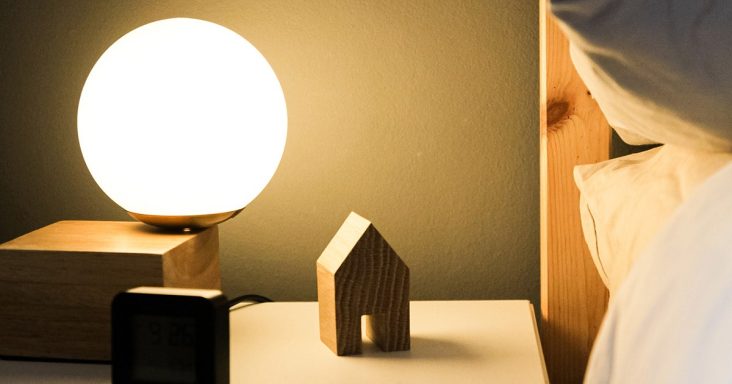Home energy use stable from 2015 levels, EIA survey shows
by March 30, 2023 12:14 pm 762 views

U.S. households consumed about the same amount of energy in 2020 that they did in 2015, according to a new survey from the U.S. Energy Information Administration (EIA). Compared to 2009, energy consumption fell by 14.3% in 2020.
EIA released Wednesday (March 29) Residential Energy Consumption Survey data that shows households in 2020 used an average of 76.8 million British thermal units of energy, including electricity, natural gas, propane and fuel oil. The usage was consistent with the levels noted in the previous survey, which was completed in 2015, but down from the 89.6 million British thermal units in 2009.
For the first time, the survey includes energy use data for households in all 50 states and the District of Columbia. In Arkansas, households consumed 75.7 million British thermal units of energy and spent an average of $1,926 on energy in 2020, compared to $1,884 nationwide.
“Our new, more geographically detailed state-level data highlights how household energy use varies across the country,” said EIA Administrator Joe DeCarolis. “The ability to quantify and categorize differences among states adds an amazing new level of depth in our RECS data.”
Following are some of the 2020 survey highlights for the estimated 123.5 million U.S. homes:
- Households where the climate required more heating consumed more energy on average. For example, Alaska households used an average of 125.1 million British thermal units of energy.
- Hawaii had the lowest energy consumption per household, with an average of 30.3 million British thermal units.
- Nationally, households use similar shares of electricity and natural gas (47% and 45% of total consumption), but the shares vary widely when compared among states.
- Households in the South used the most electricity, 13,376 kilowatt-hours on average. Southern homes are more likely to have air conditioning and to use electricity for heating than other regions.
- Newer homes consumed less energy per square foot than older homes. Homes built before 1950 used 51.3 thousand British thermal units per square foot, while homes built after 2015 used 31.2 thousand British thermal units. This translates to higher costs per square foot for homes built before 1950 at $1.14 per square foot compared with 82 cents per square foot for homes built after 2015.
- Households living in single-family homes used about three times more natural gas than those living in apartments.
- Household expenditures on fuel oil were the highest in the Northeast.
Survey data was collected in late 2020 and early 2021 when more people were spending time at home amid the COVID-19 pandemic. However, household electricity usage was not significantly different from the usage in the 2015 survey. In 2020, households consumed 10,566 kilowatt-hours of electricity on average, compared with 10,720 kilowatt-hours in 2015.
